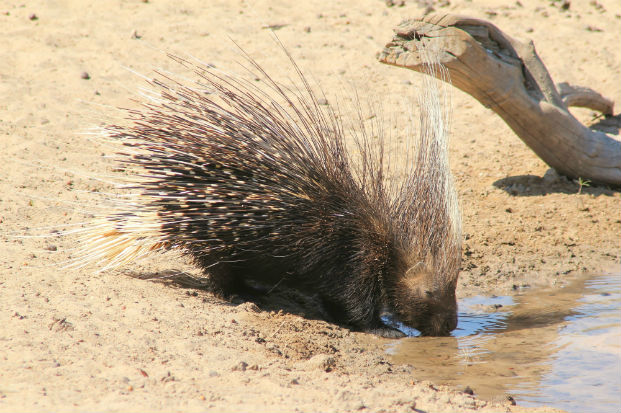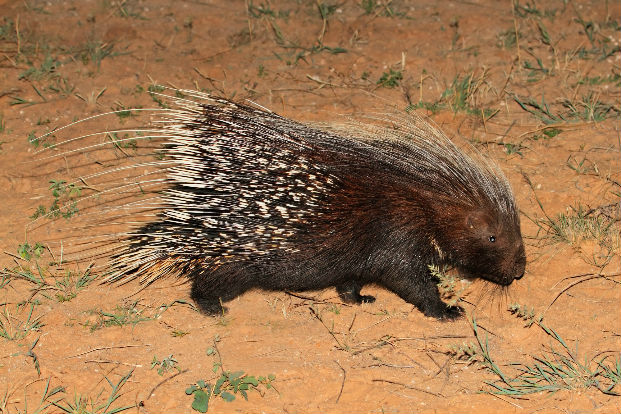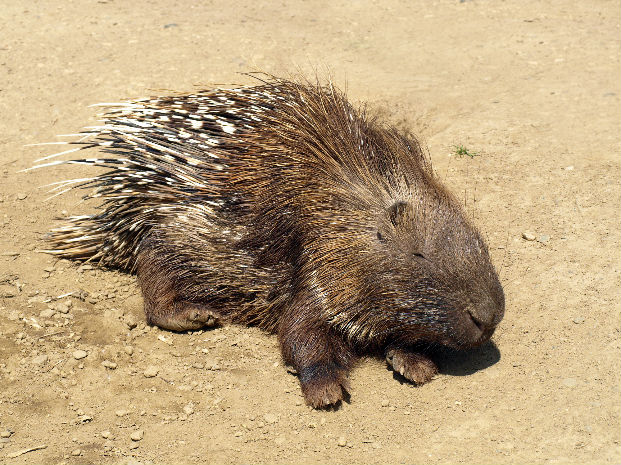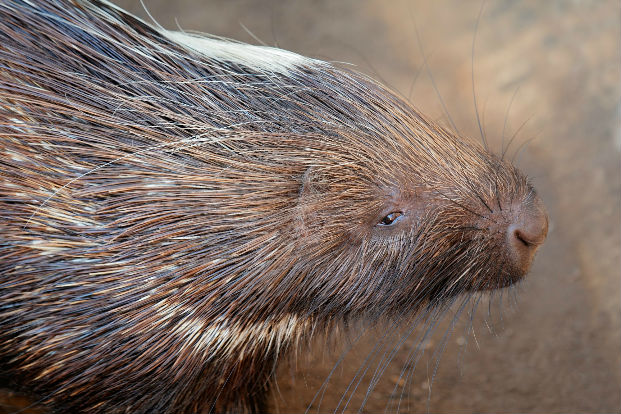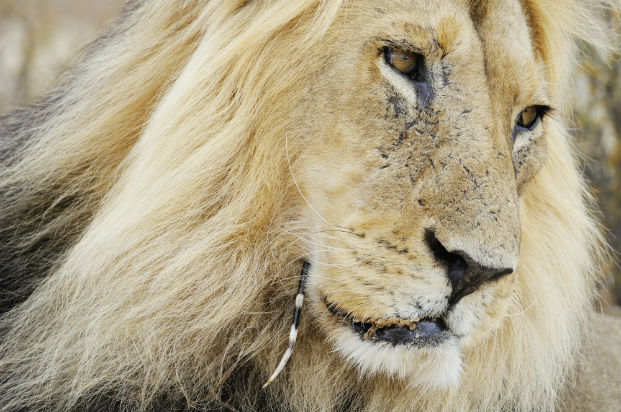As the largest rodent in Africa along with its characteristic 60 cm spines and quills that can reach 25 cm. The Cape Porcupine cannot be mistaken for any other animal in southern Africa. It can be found in most habitats with the exception of the Namib Desert coastal strip. They live in extended family groups of one breeding pair and their previous litters of offspring.
Vote for the fact you find most fascinating
The porcupine is the largest rodent in Africa and only second to the capybara worldwide.
Female porcupines initiate the mating by lifting their tail to the side and reversing into the male. Despite all the quills mating is straight forward with the male standing on her back with his forefeet.
The porcupine cannot shoot its quills at predators in self-defence. Instead it will raise them before rushing backwards into its attacker. The quills are only loosely attached to the porcupine so after an encounter they will become embedded into their victim.
The end of a porcupine’s tail is home to a set of hollow open quills which make a loud rattling noise when shaken. This along with erecting its crest, quills and spines, stamping its feet and emitting a roar are all used to ward off attackers.
To maintain their continually growing incisor teeth and coat of quills the porcupine will often chew bones as a source of much needed calcium and phosphorus. Often bones can be found in and around their dens.
The word porcupine is derived from the Latin porcu meaning “pig” and spina meaning “quill”, therefore translating as “quill pig”.
Porcupines are monogamous, mating for life. The bond is strengthened by daily mating which is required to stimulate the female’s ovarian cycle. Despite this frequent copulation the female will only conceive once a year.
A female porcupine’s teats are on her side behind the front legs so that she does not need to roll onto her quills to suckle her young.


